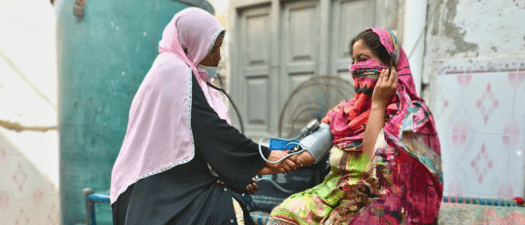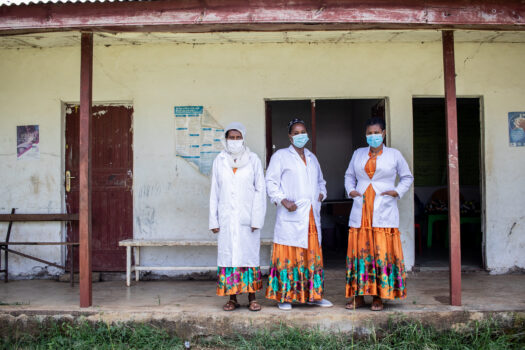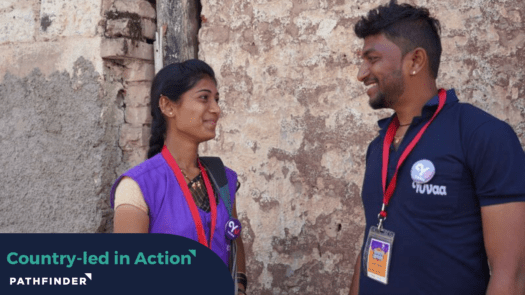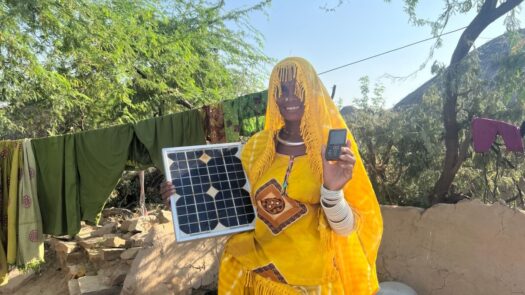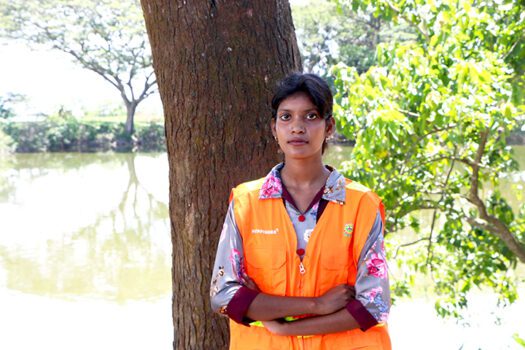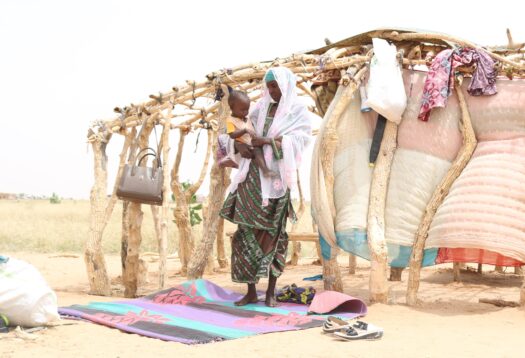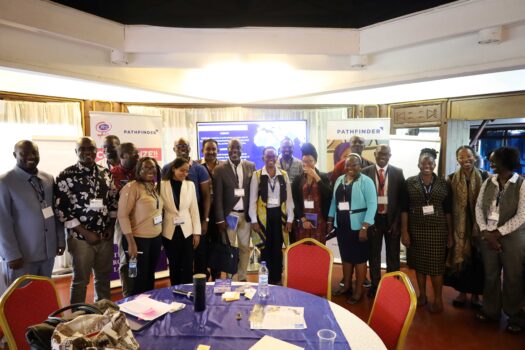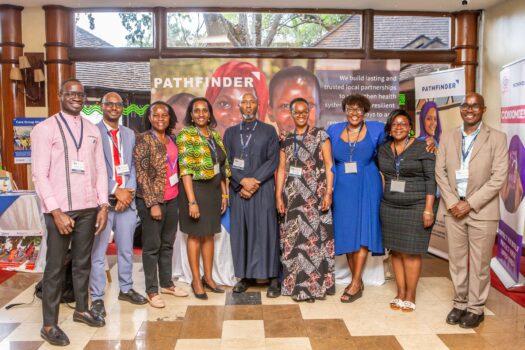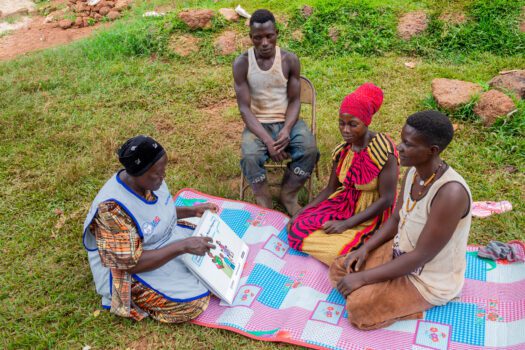A nongovernmental organization (NGO) working to improve sexual and reproductive health and rights (SRHR) and positively shift gender norms through its programs must be a gender-equitable organization, right? Not necessarily: Just because an organization is advancing SRHR and gender programmatically, doesn’t mean it has explored or addressed gender equity issues within the workplace.

Initiatives like Global Health 50/50 have shown that gender equity within global health organizations isn’t a given. For example, the 50/50 report from 2021 found that less than half of the 57 global health NGOs assessed had publicly available gender equality policies. Commitments to internal gender equity can have far-reaching impacts. As Global Health 50/50 explains:
Achieving gender equality is important for workplaces not only because it is ‘fair’ and ‘the right thing to do,’ but because it is also linked to increased organizational performance, enhanced ability of companies to attract talent and retain employees, and enhanced organizational reputation.”
In 2019, motivated by our commitment to social justice and equity and our desire to become a more inclusive organization, Pathfinder began assessing whether internal policies and practices unfairly privilege, or disadvantage staff based on their gender identity. As two long-time Pathfinders, we were thrilled to see our organization’s commitment to this initiative, driven by leadership and bolstered by strong staff interest and participation.
The first step of our Gender Equity Initiative, supported by a grant from the Hewlett Foundation, was to gain a better understanding of the status of gender equity across our 17 Pathfinder offices globally. We hired an external consultant to conduct this assessment, which provided an unbiased perspective and increased staff trust in the process. Robust staff engagement provided crucial insight into the ways that gender influences organizational operations. The assessment included a review of Pathfinder documents, policies, and communications; a global quantitative survey with a 67% participation rate; two focus groups; and 47 in-depth interviews with staff, including the management team and board members.
Three key findings from the assessment were:
- The lack of a common understanding of gender, with a significant proportion of staff describing gender as binary and biologically based.
- The need to standardize hiring and retention practices and policies to increase gender parity.
- The desire for greater insight into internal gender equity data, such as gender parity by country office and recruitment and retention statistics.
After the consultant analyzed and shared the findings, we conducted validation and prioritization workshops with representation from nine Pathfinder offices. We wanted to make sure that the findings resonated with staff and gather their feedback on which action items should be addressed first. We then developed a Gender Equity Strategy to address and improve the issues identified through the assessment.
The strategy outlines key steps our organization is taking to respond to shortcomings identified by the assessment:
- We developed and rolled-out an organizational definition of gender, which emphasizes that gender is socially and culturally constructed and have begun training all staff on key gender concepts. We plan to develop onboarding and implicit bias trainings.
- We plan to develop and implement strategies to ensure gender equity within each office, including a salary analysis and changes to policies and hiring practices.
- On a semiannual basis, we will release updates on the status of the commitments outlined in our strategy, highlighting achievements, work in progress, and specific learnings.
Finally, we recognize that gender does not exist in a vacuum – individuals’ experiences are also shaped by their other identities, such as race, ethnicity, sexual orientation, disability status, and more. We are currently working to align our Gender Equity Strategy with our ongoing organizational Diversity, Equity, and Inclusion initiative. We are excited to be a part of the implementation of the organizational Gender Equity Strategy and will continue to build on our progress in response to the shifting needs of our staff.
We encourage other SRHR organizations to make honest assessments of organizational gender equity, gathering feedback from staff on the ways that gender inequities may be at play internally. If your organization is not already part of the Global Health 50/50 report, the initiative’s self-assessment tool is a good place to start looking inward. Next, organizations must take concrete action to improve gender equity based on the evidence generated by the assessment. Through these processes, we can create more just and equitable organizations that can better deliver SRHR and gender programs around the world.

